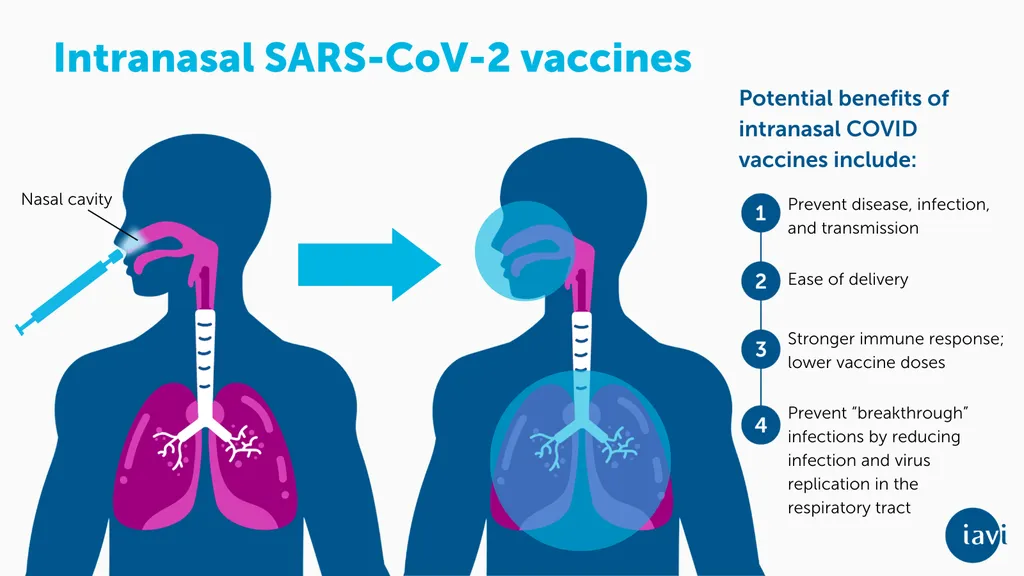In a significant stride towards enhancing canine health and mitigating zoonotic risks, researchers have developed a novel intranasal live attenuated vaccine for canine influenza virus (CIV) H3N2. This breakthrough, published in the journal *Veterinary Research* (translated to English as “Veterinary Research”), could reshape the landscape of veterinary medicine and public health.
The study, led by Jaehyun Hwang from the College of Veterinary Medicine at Chonnam National University, introduces an innovative vaccine that carries a truncated nonstructural protein 1 (NS1) gene. This modification aims to address the limitations of currently available inactivated vaccines, which offer limited mucosal immunity and suboptimal protection.
Canine influenza virus H3N2 has been circulating among companion animals, posing a zoonotic risk due to its potential for cross-species transmission. The need for a more effective vaccine has been paramount, and this research offers a promising solution. “The NS1-truncated live attenuated influenza vaccine (LAIV) was well-tolerated and induced robust mucosal and systemic immune responses, including high titers of virus-specific secretory IgA,” Hwang explained.
The study evaluated the safety, immunogenicity, and protective efficacy of the NS1-truncated LAIV in beagle dogs. Following vaccination, the dogs exhibited complete clinical protection and minimal viral shedding when challenged with virulent CIV H3N2 at 120 days post-vaccination. In contrast, dogs receiving the inactivated vaccine showed moderate disease signs.
The implications of this research are far-reaching. The superior protection offered by the NS1-truncated LAIV compared to conventional vaccines represents a significant advancement in veterinary medicine. It also underscores the importance of a One Health approach, which recognizes the interconnection between human, animal, and environmental health.
“This study demonstrates the potential of next-generation vaccines to control canine influenza and reduce the risk of zoonotic transmission,” Hwang noted. The commercial impacts for the veterinary and pharmaceutical sectors are substantial, as the development and distribution of this vaccine could open new markets and improve animal health outcomes globally.
The research published in *Veterinary Research* not only highlights the efficacy of the NS1-truncated LAIV but also paves the way for future developments in vaccine technology. As the field continues to evolve, the integration of innovative approaches like this one will be crucial in addressing emerging health challenges and ensuring the well-being of both animals and humans.

